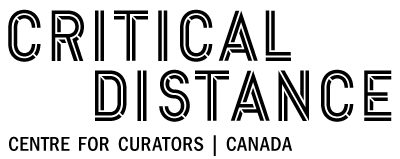Adrià Julià
Adrià Julià’s experimental artworks include film and video installations, performance, and printed matter. He calls up image-making technologies and exposes their valuable failures and violent powers; all the while in flux between presence and absence, between what comes to the surface and what remains untold. Julià has had solo exhibitions at Pinacoteca, São Paulo; La Virreina Centre de la Imatge, Barcelona; Miró Foundation, Barcelona; Tabakalera, San Sebastian; Museo Tamayo, Mexico City; Insa Art Space, Seoul; the Orange County Museum of Art, Newport Beach; LAXART, Los Angeles; Artists Space, New York; The Room Gallery, Irvine; 18th Street Art Center, Santa Monica; Project Art Centre, Dublin. Group shows include The Metropolitan Museum, New York; Museo Reina Sofía, Madrid; Witte de With, Rotterdam; De Appel, Amsterdam; Museum of Art, Seoul; Generali Foundation, Vienna; Akademie der Künste, Berlin. He has participated in the Lyon, São Paulo, Mercosul, and Jakarta Biennales. Julià has been a grantee of the American Academy in Berlin, Art Matters, the American Center Foundation, and the California Community Foundation.
Links
PUBLIC ART EXHIBITION: Place Settings II
August 21, 2022 - September 17, 2022Place Settings: Part II
Featuring works by Adrià Julià, Larissa Sansour, and Reza Nik
Curated by Noa Bronstein
Place Settings continues this summer with performance-based projects staged throughout the city of Toronto. Each project engages in a discursive gesture that considers new possibilities at the intersections of food practices and public space, revealing the shareable and relational qualities of both.
Find out morePUBLIC ART: Billboard on Shaw by Adrià Julià
August 21, 2022 - September 17, 2022Artist Adrià Julià’s billboard A Very White Flower, is on view at 180 Shaw Street through August to September, 2022, as part of the public art exhibition Place Settings II, curated by Noa Bronstein. The exhibition features works by Adrià Julià, Larissa Sansour, and Reza Nik, who explore the intersections of food practices and public space, revealing the shareable and relational qualities of both.
Find out more